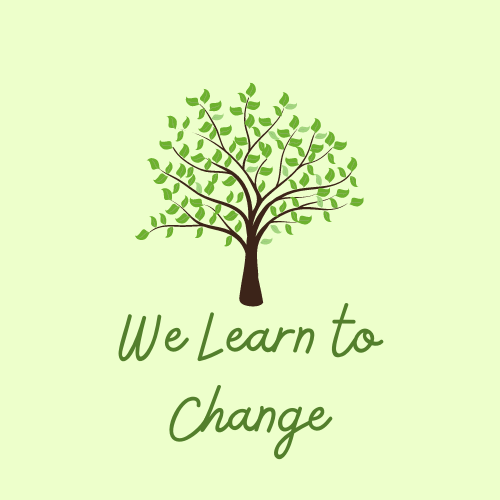AKA – Breakout Bell-Ringers, Part II
Last week’s article was about a plan for a new type of bell-ringer assignment called “Breakout Bell-Ringers.” In that article, I detailed how I was going to implement the idea in one class. This week’s article reveals the result of the experiment.
Friday
Let’s start on Friday, because that was the day I asked the students if they wanted to continue using breakout bell-ringers or if they wanted to return to the other type of assignment. It was a pleasant surprise to realize that 90% of the students were interested in continuing the experiment. That meant I had a lot of work to do over the weekend developing the next slide deck! Wait until they see it. It combines vocabulary instruction with poetry.
Thursday
On Thursday, the students completed a self-assessment using a rubric for Harkness Discussions that I found on Katherine Cadwell’s site. This assessment was for survey purposes only, and I stressed with the students that they should be as honest with themselves as possible.
The responses were honest. Almost every student either acknowledged a need for improvement, or explained in detail why they thought they were successful. While reviewing the responses, something struck me. While many high-achieving students look for affirmation from their teacher, none of the students did in this assessment. They were focused on evaluating themselves. Even though I had supported this idea by saying, “The only way you will improve is to completely honest with yourself,” before the assessment opened, I did expect some kids to write something that sounded like they were seeking some encouragement from me. Instead, they promised themselves to do better the next time. That isn’t a testament to my teaching. That is a testament to their maturity.
Wednesday
On Wednesday, I noticed that the groups seemed to be in a rhythm already. Even before I opened the breakout rooms, students had the slide deck open and were collaborating. I didn’t open the breakout rooms until the second bell sounded so that everyone was in the main conference and could go into their breakout room simultaneously. By Wednesday, the students were taking full advantage of those few minutes reserved for travel time to complete their task for the day.
Note that this was only the second day of breakout bell-ringers, so I find that pretty impressive.
Tuesday
The first day was, of course, a little awkward. Some students did not know fellow group members, but leaders emerged in a couple of groups and took over coordinating the discussion. According to one response to the self-assessment, the group leader for this student’s group used prompting to help the other students contribute. It seemed natural, this student said. The leader came up with a topic sentence, a riff if you will, and then the rest of the group riffed off of that.
I like that word: riff. I know it is used in music a lot, but isn’t a conversation sort of like a series of jazz solos where each musician takes his or her turn, sharing brilliant notes with the world based on a central phrase that supports them all?
I noticed that the two groups were already forming well. During a debrief with the class after this first assignment, I made note of how these groups were forming. On Wednesday, the other groups attempted to work together similarly.
It Worked!
The students were successful. They had the opportunity to meet and collaborate with other students. Hopefully, the sense of social isolation for some was lessened somewhat. Hopefully, we are becoming a team of teams.
We are building a community, one short assignment at a time.
I would love to read your comments or answer any questions you may have. Thank you for reading.
